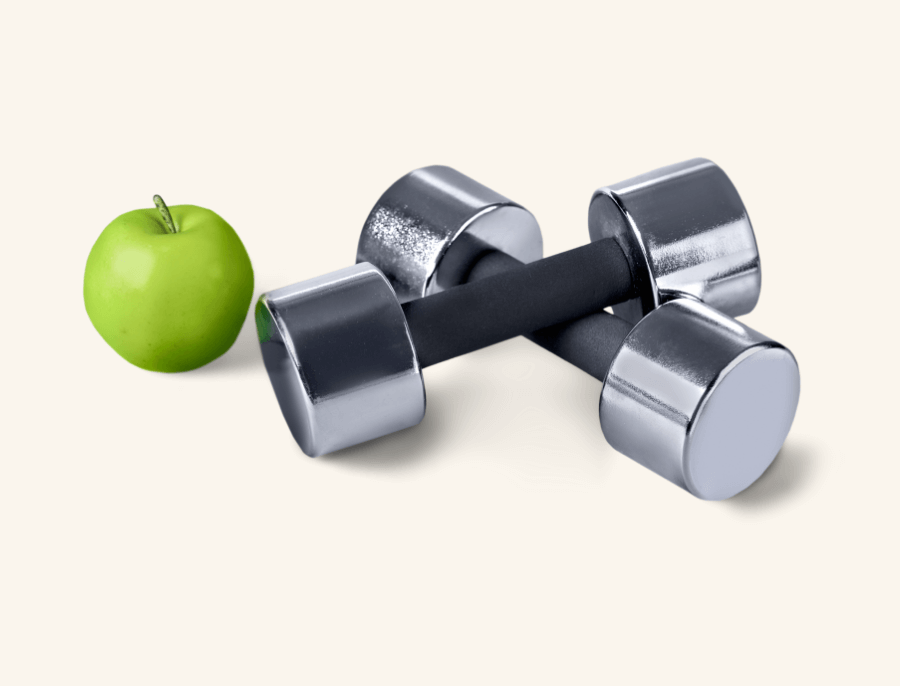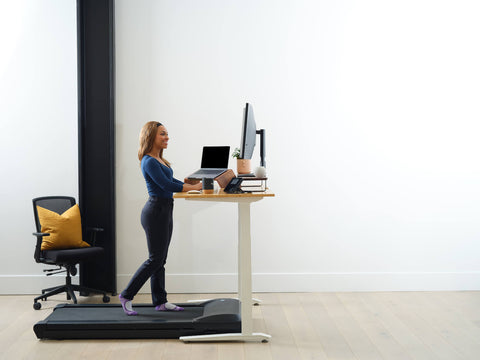Body Fat Percent Assessment

A correlation has been found between body fat percentage and susceptibility to multiple ailments and diseases, such as diabetes, hypertension, and multiple cardiac conditions. Higher body fat percentages can be a valuable indicator of an individual’s fitness as well as their risk for future complications. A higher percentage indicates that a greater ratio of the body is composed of fat. A lower percentage indicates that a smaller proportion of the body is composed of fat. The Health Fitness Assessment test includes this statistic to display an individual’s current health standing and to act as a baseline for measurement of success.
Grip Test

This analysis is not only a measure of fitness, it is an indication for functional, capable living. The hands and forearms are the point of contact for multiple upper body movements, making them an important area of focus for healthy, proficient living. Articulation of the fingers and the contractile capability of the hands and forearms is measured through this test. A higher score means a greater ability to generate force with these muscles.
VO2 Max Test

V02 Max is defined as the maximum capacity of an individual's body to transport and use oxygen during aerobic exercise, which acts as a marker to the overall fitness of the individual. The name is derived from V -Volume, O2 - Oxygen, max - Maximum. VO2 Max is expressed as a relative rate in milliliters of oxygen per kilogram of body weight per minute (i.e., mL/(kg•min)). A higher value represents a greater amount of oxygen being utilized by exercising muscles during aerobic exercise. Because VO2 Max is thought to be a trustworthy marker for cardiovascular health it is an important test in the Health Assessment.
Push-Ups Test

For fitness testing, the Push-Up assessment is a valuable tool to create understanding of the upper body’s ability to create force. Push-ups are a body-weight exercise which means that the amount of weight on the joints is safe and generally consistent for testing. Push-Ups also involve compound motion, which means that more than one joint is being utilized. In this case, the wrists, elbows and shoulders are all being employed. This is useful for assessment because it gives a more dynamic understanding of the upper body and its capability. Similarly to other assessments, a higher value or score suggests greater strength and fitness.
Abdominal Crunches Test

The muscles that compose the trunk and abdomen are specifically important to understanding and testing an individual’s fitness. Almost all motion is in some way associated with the stomach tissues, as these are the muscles that support the spine, sustain posture, and brace movement by the limbs. Abdominal Crunches, also called sit-ups, are a reliable test for the overall strength of the core, or stomach. Like the Push-Up assessment, Abdominal Crunches involve only the weight of the individual taking the test. As such, when done properly they are safe and effective.
Leg Strength Test

The leg strength assessment evaluates the lower body’s ability to generate maximal force. The hip complex, quadriceps and core muscles all contract in unison to create force that is measured by a dynamometer. A more forceful contraction during the test will register as a higher score. This is important to the Health Fitness Assessment as the ability of the lower body to create force is undeniably important in multiple ways. Lower body strength relates to articulation of motion and the ability to safely balance and maintain equilibrium.
To determine proper individual values, divide the test results by the subject’s body weight then use the normative tables below.
If a male subject weighs 175 pounds and had a test result of 500 pounds, their score would be 2.85 and would fall in the “Average” range. If the subject is over age 50, multiply this ratio by 1.10. For the same example above, if the subject was over the age of 50 their score would be 2.85 x 1.10 = 3.14, placing them in the “Good” range.









